What are the best vegetables to grow in Hardiness Zone 6?
Finding the best vegetables to grow in hardiness zone 6 was not as easy as I thought. Some require extensive care, others are prone to pests, and lots are just not simple & quick enough to grow.
That’s why I created a list of the 10 Best Vegetables to Grow in Hardiness Zone 6
This ultimate guide will give you the best vegetables to grow, why you should grow them, and even how to grow them.
Read THIS Before Growing Vegetables in Hardiness Zone 6
Knowing what hardiness zone is critical to understanding the best vegetables that can be grown.
It can be the difference between your vegetable garden thriving and providing a bountiful yield or producing nothing.
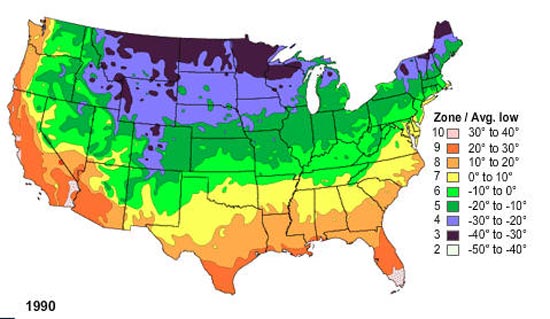
10 Best Vegetables to Grow in Hardiness Zone 6
#1. Lettuce
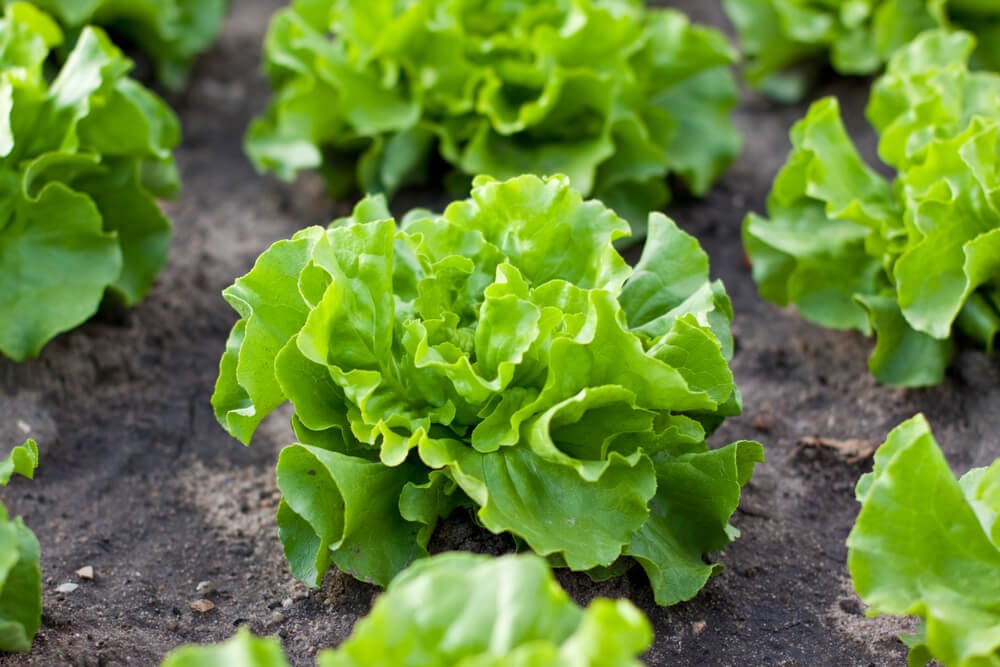
Popular Varieties: Butterhead, Boston, Loose Leaf
Why Grow Lettuce in Hardiness Zone 6?
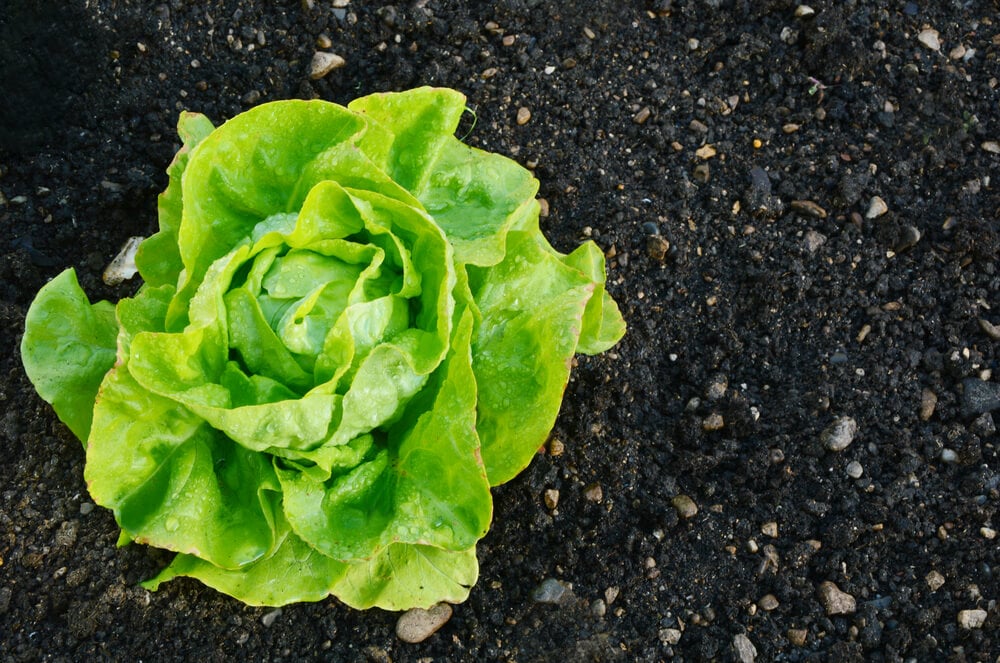
Cold Hardy:
- Lettuce thrives in Hardiness Zone 6’s cold spring and cooler fall months. Unlike other vegetables, this plant can grow even when there is snow or frost on the ground.
Low-Maintenance:
- Lettuce may be the easiest vegetable to grow. You do not need to fertilize it, only need to water it once a week, and it can be planted in any soil.
Perfect for ANY Garden:
- Lettuce is perfect for urban gardening and even gardeners with little space. It is great in gardening containers, raised garden beds, and even indoors.
Harvested All Year:
- Lettuce can be harvested all year. The more you harvest lettuce the more it will grow.
THESE Could Harm Your Lettuce
Pests:
- Deer, Rabbits, & Squirrels LOVE Lettuce. If left unprotected these pests will eat your vegetable before it can even grow.
Slugs:
- You’ll most likely find slugs on your lettuce in spring or fall when the weather is cool or wet. If you plant it in the shade where the soil is damp you should expect slugs too.
Extreme Heat:
- While rare in Hardiness Zone 6, this can cause your lettuce to flower and become inedible. Make sure to plant your lettuce in partial shade to avoid this.
Additional Resources
Learn How To Grow Lettuce HERE
#2. Kale
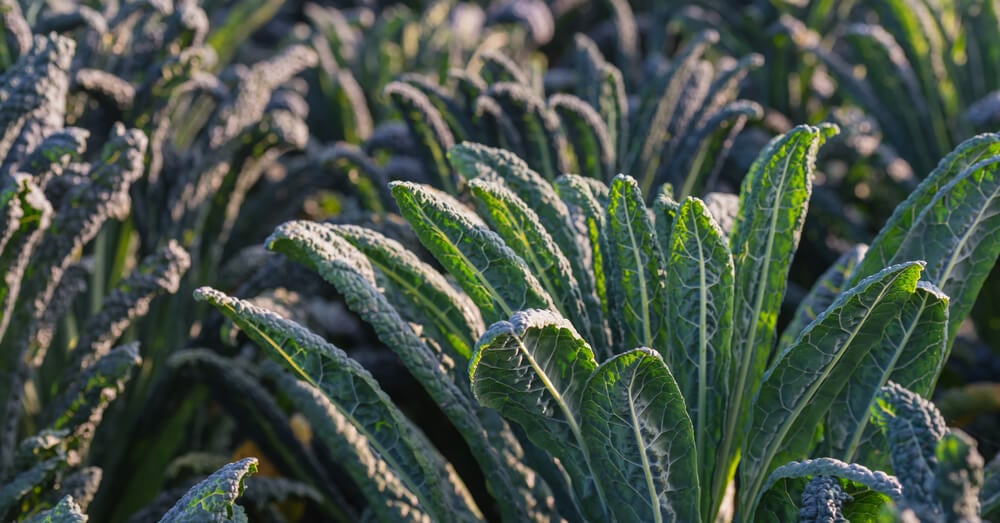
Popular Varieties: Curly, Lacinato, Red Russian, Ornamental
Why Grow Kale in Hardiness Zone 6?
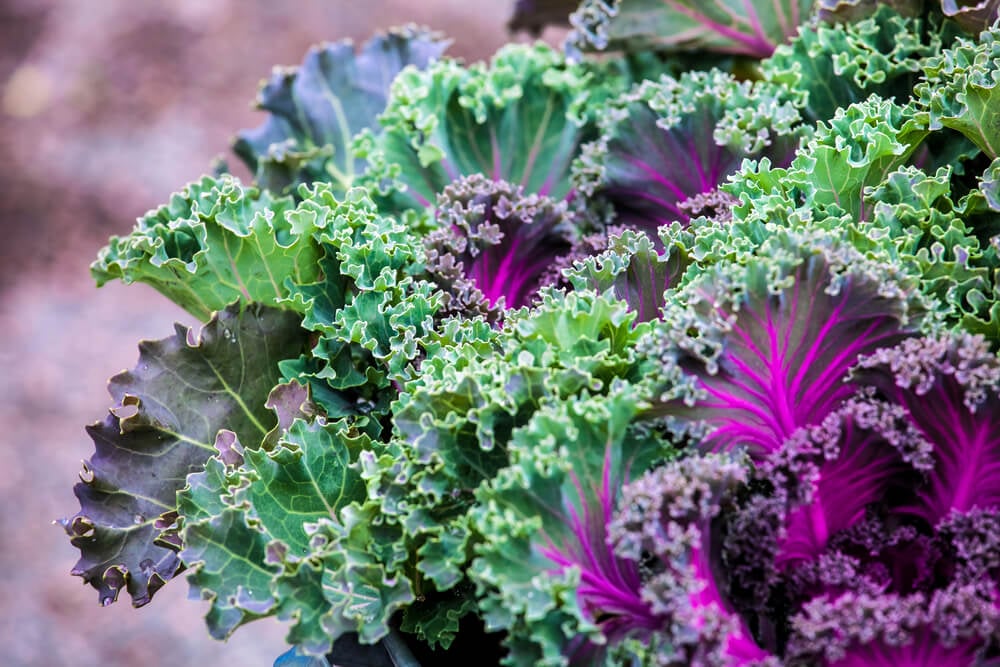
Cold Hardy:
- Kale is the hardiest vegetable when it comes to cold in Hardiness zone 6. Unlike any other vegetable on this list, Kale can be grown throughout the entire year.
Ornamental:
- Kale is the only vegetable on this list that can also be considered an ornamental plant. This means it can add color, features, and beauty to any type of garden.
Perfect in Pots:
- If there is any vegetable that can be grown in gardening pots in Hardiness Zone 6, it’s Kale. This is one of the most adaptive vegetables, making it perfect for beginner gardeners in Hardiness Zone 6.
THESE Could Harm Your Lettuce
Aphids
- Like many other vegetables, aphids are one insect you don’t want. Aphids are especially prevalent in Hardiness Zone 6 and can stunt or kill your kale.
Extreme Heat
- Like lettuce Kale does not tolerate extreme heat. After just a week in temperatures over 90 degrees, Fahrenheit and direct sunlight Kale can flower and become inedible.
Additional Resources
Learn How To Grow Kale HERE
#3. Peas
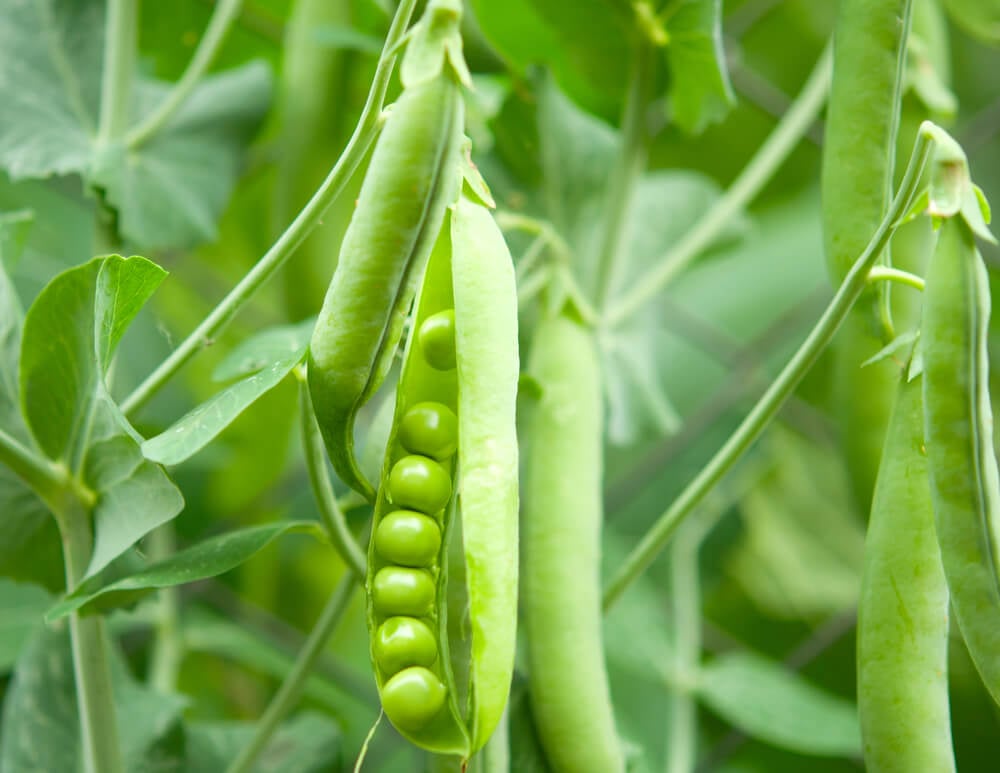
Popular Varieties: Snow peas, sugar snap, english peas
Why Grow Peas in Hardiness zone 6?
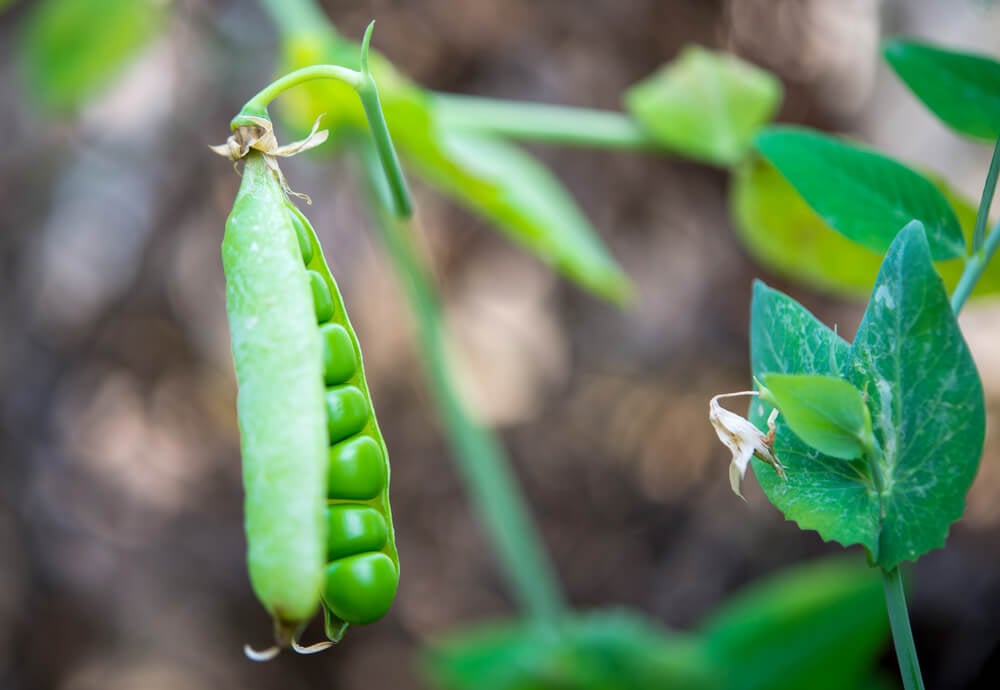
Thrives in Cold:
- While some vegetables are cold-hardy, Peas thrive in Hardiness Zone 6’s cold weather. If you want the tastiest peas you should grow them in winter and early spring.
Great for Vertical Gardening:
- Peas are one of the few vegetables that are perfect for vertical gardening. Vertical Gardening is popular in the cities of Hardiness Zone 6 and even in the suburbs where land for horizontal growing is scarce.
Perfect in Raised Garden Beds:
- Peas do not need much room. They also grow great among other vegetables and plants. This makes it perfect for raised garden beds, which is one of the most popular techniques of gardening in Hardiness Zone 6.
THESE Could Harm Your Peas
Pests:
- Deer, Rabbits, & Squirrels LOVE start to come out and become hungry in spring. One of the first plants they eat is peas. Whether protected or unprotected pests pose a risk to growing peas in Hardiness Zone 6.
Any temperature but cold:
- While most vegetables grow in Hardiness Zone 6’s summer heat, peas cannot. Any temperature, but cold will pose a risk to growth & tastiness.
Additional Resources
Learn How to Grow Peas HERE
#4. Tomatoes

Popular Varieties: Cherry, Beefsteak, Brandywine
Why Grow Tomatoes in Hardiness Zone 6?
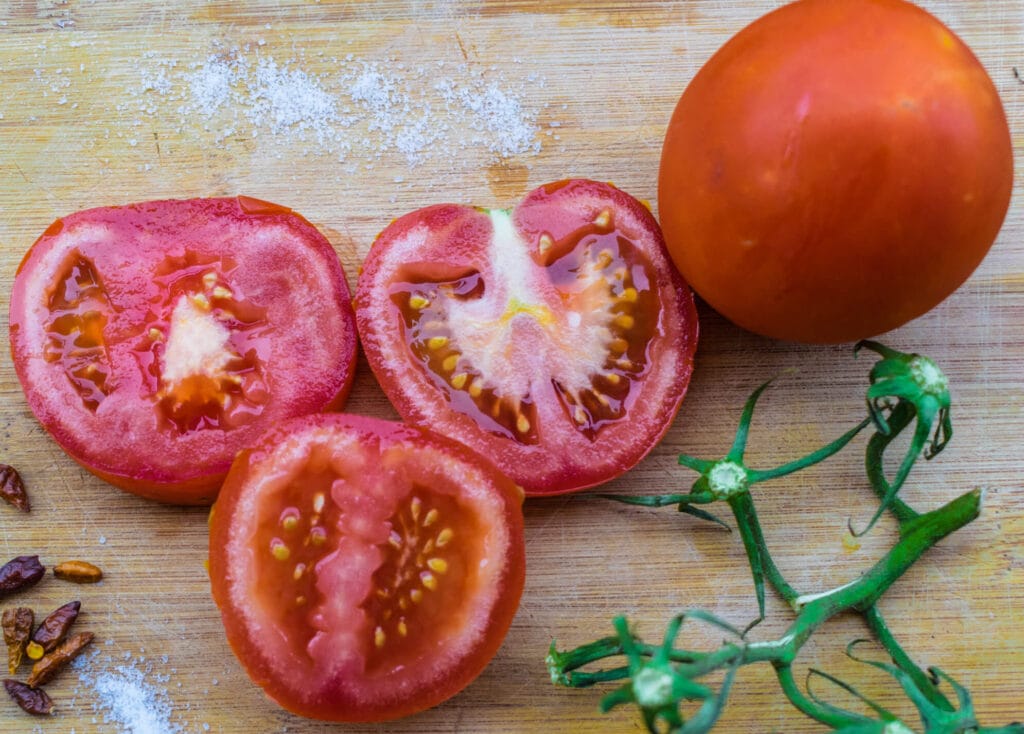
Thrives in the heat:
- As the summers get warmer tomatoes continue to get bigger and more plentiful. Look no further for a low-maintenance vegetable.
Great for Vertical Gardening:
- Tomatoes are considered a vine vegetable. Because of this, you can train them to grow vertically, which is perfect for gardeners who have little space.
Perfect in All Types of Garden:
- Some vegetables only do well in the ground. Not tomatoes. You can grow them in containers, window boxes, raised garden beds, and even in poor soil.
THESE Could Harm Your Tomatoes
Insects:
- Tomatoes are one of the most insect prone vegetables. Aphids, fruit worms, and even stinkbugs love eating them. If you wait too long to harvest expect all of these insects to become a problem.,
Diseases:
- Tomatoes are also one of the most disease-prone vegetables, especially heirloom variants. Expect blight, fungus, and buckeye rot to affect your plant in the later summer months (even if you properly care for them).
Additional Resources
Learn How to Grow Tomatoes HERE
#5. Squash
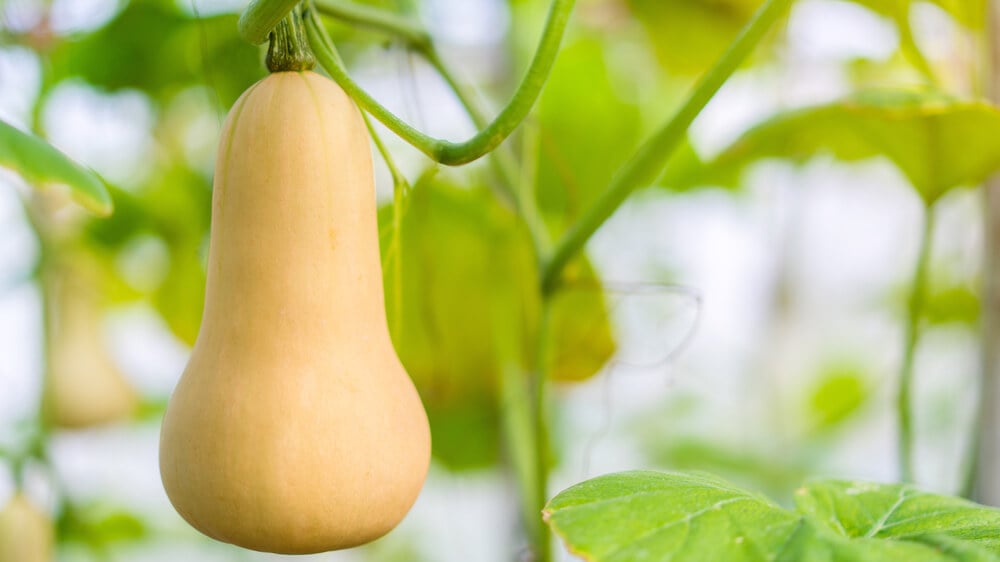
Popular Varieties: Zucchini, Acorn, Butternut, Spaghetti
Why Grow Squash in Hardiness Zone 6?
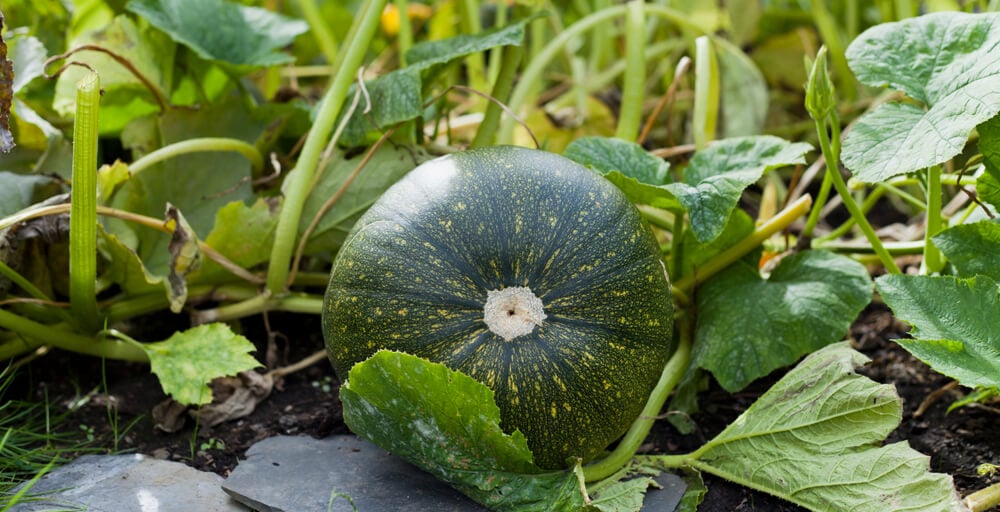
Thrives in the heat & cold:
- Squash is one of the most versatile vegetables. Some varieties can be grown in cold weather, some can be grown in warmer weather, and some are perfect to be grown in both types of weather.
Provides All-Summer Harvest:
- Squash is one of the few vegetables that you will be harvest from as early as May to as late as November if planted right. This means you will be able to enjoy or store it all year long.
Perfect Cross-Pollinator:
- Squash may be the best vegetable on this list to help to cross-pollinate other vegetables. Plant squash next to tomatoes, beans, carrots, and cucumbers for even more vegetables.
THESE Could Harm Your Squash
Birds, Squirrels, Rabbits, & Chipmunks:
- These pests will generally not harm your actual squash vegetables. What they will do though is immediately eat squash flowers if you do not protect them with netting or rodent spray.
Small Gardens:
- This is a little different than other vegetables. Squash requires lots of room to grow. If you try growing it in gardening pots, raised garden beds, or small gardens there is a chance that it will take over other vegetables or just not produce the harvest you want.
Additional Resources
Learn How to Grow squash HERE
#6. Cucumbers
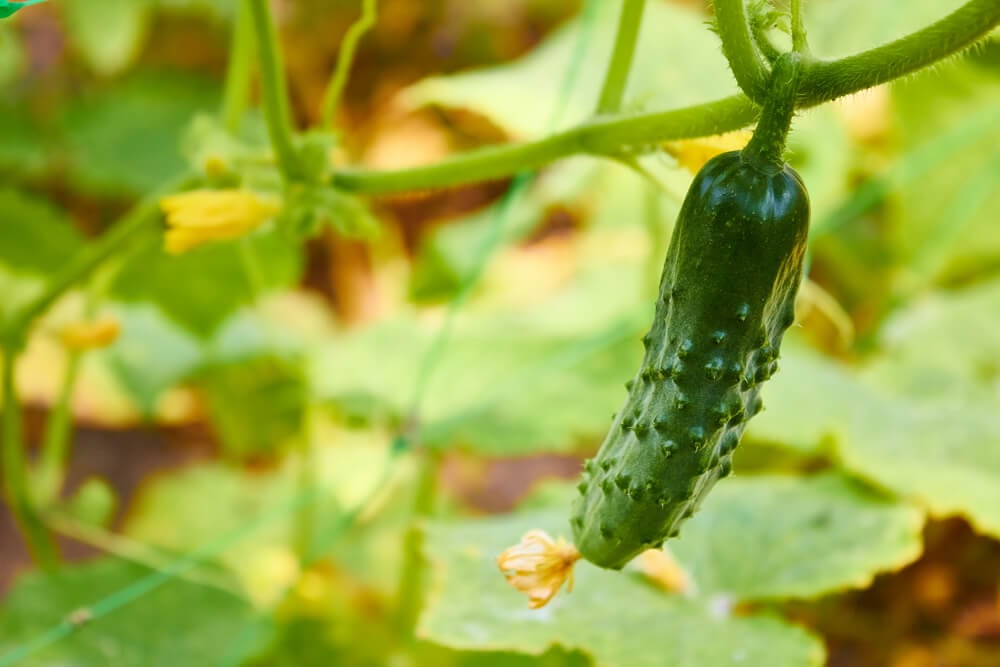
Popular Varieties: Pickling, Armenian, Persian, English
Why Grow Cucumbers in Hardiness Zone 6?
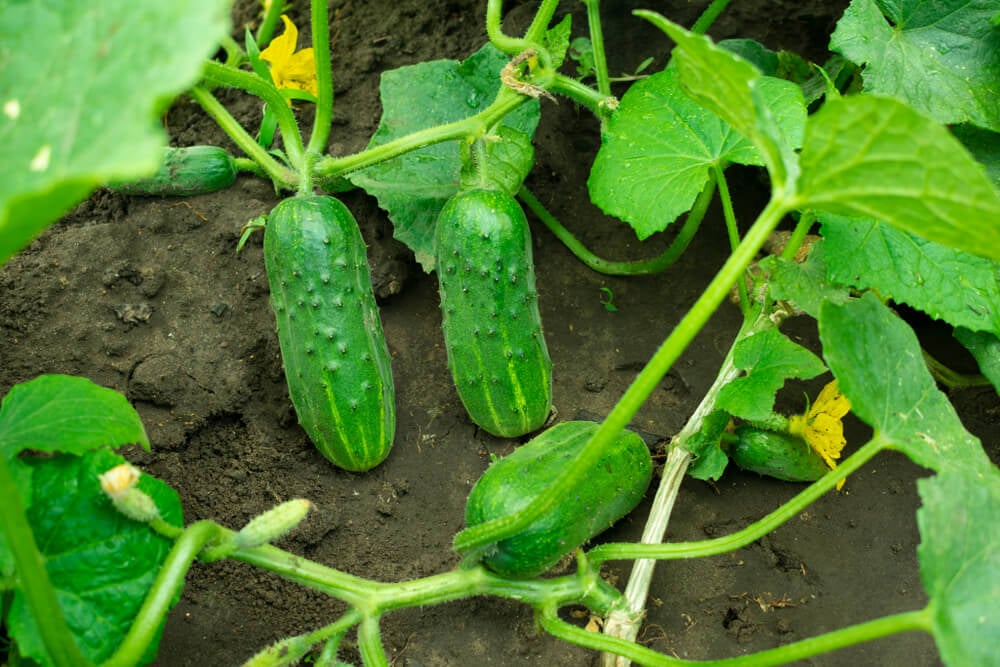
Thrives in the heat & cold:
- Cucumbers are another hardy vegetables. Some varieties can be grown in cold weather and some can be grown in warmer weather.
Lots & Lots of Harvest:
- Cucumbers are one of the few vegetables that you can harvest from late spring to late fall. This means you will be able to enjoy it all year long.
Amazing Cross-Pollinator:
- Cucumbers are another vegetable to help to cross-pollinate other vegetables. Plant cucumbers next to tomatoes, beans, carrots, and squash for even more vegetables.
THESE Could Harm Your Cucumbers
Birds & Rodents:
- These pests will generally not harm your actual cucumber vegetables. What they will do though is immediately eat cucumbers flowers if you do not protect them with netting or rodent spray.
Little Space:
- Cucumbers require lots of room to grow. If you try growing it in gardening pots, raised garden beds, or small gardens there is a chance that it will take over other vegetables or just not produce the harvest you want.
Additional Resources
Learn How to Grow Cucumbers HERE
#7. Peppers
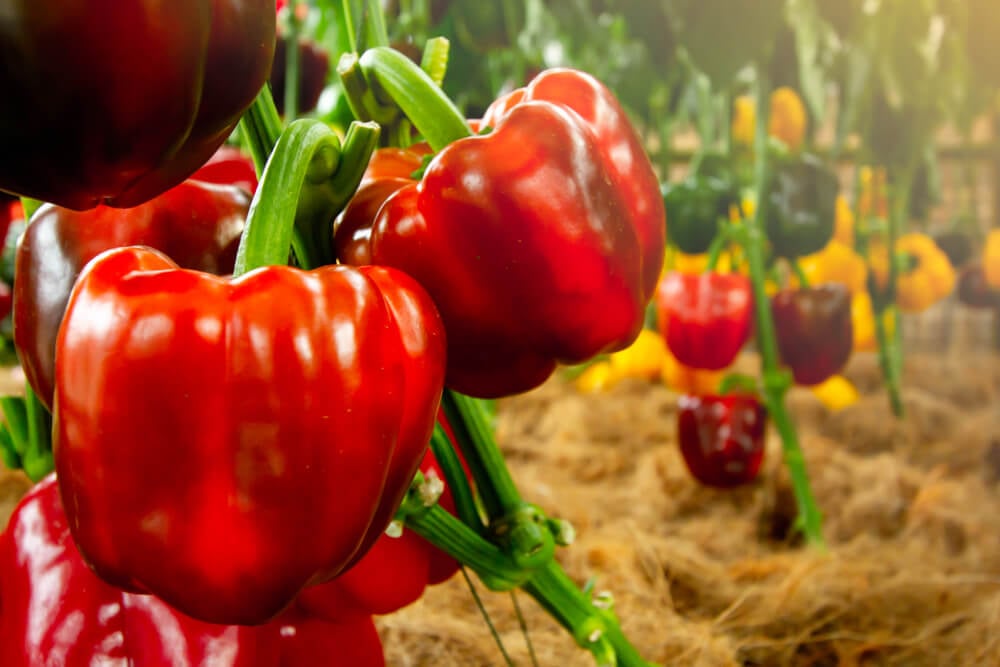
Popular Varieties: Bell, Jalapeno, Habanero
Why Grow Peppers in Hardiness Zone 6
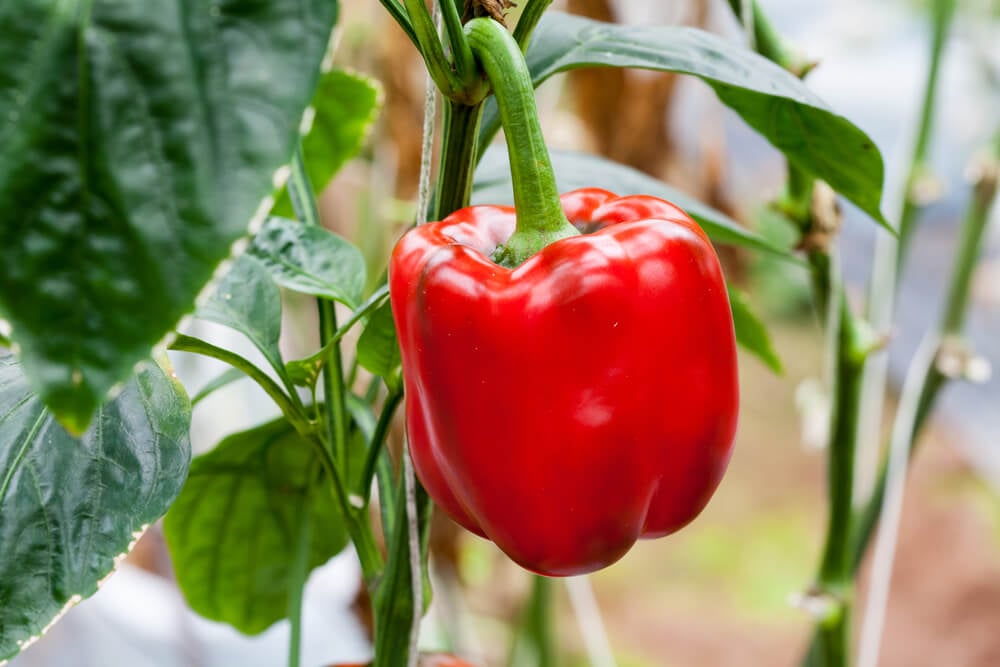
Loves heat:
- These low-maintenance vegetables love the heat. The hotter the summer the better they do. And the longer summer goes on the more peppers you will have.
Perfect for Vertical Gardening:
- Peppers are one of the vegetables you may not think of when it comes to vertical gardening, but they do just as great as others. This makes it perfect for small spaces and even in pots.
Fits in ALL Gardens:
- Regardless of whether you live in northern or southern Hardiness Zone 6 peppers grow great in all types of gardens. I especially love growing them in raised garden beds and garden containers.
Insect Hardy:
- If you have trouble with insects infecting your vegetables in Hardiness Zone 6 then you should plant Peppers. This vegetable is one of the few in Hardiness Zone 6 that you won’t have to worry about insect infestation all year.
THESE Could Harm Your Peppers
Diseases
- Peppers can be prone to diseases in late summer. Expect blight, fungus, and rot to affect your plant later in the season near the time you will harvest your peppers.
Additional Resources
Learn How to Grow Peppers HERE
#8. Green Beans
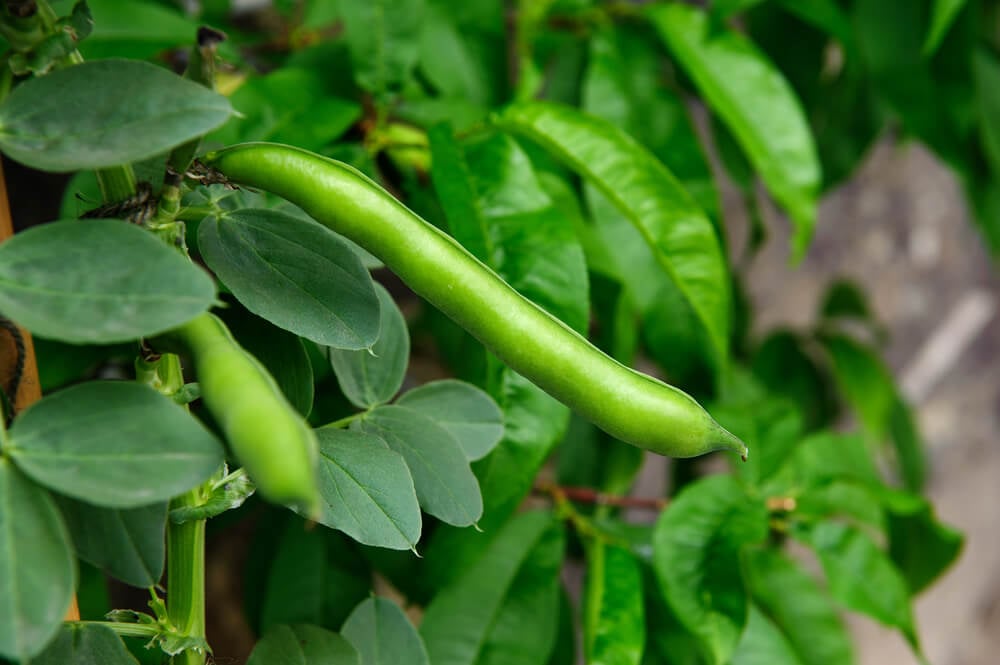
Popular Varieties: Bush & Pole
Why Grow Green Beans in Hardiness Zone 6?
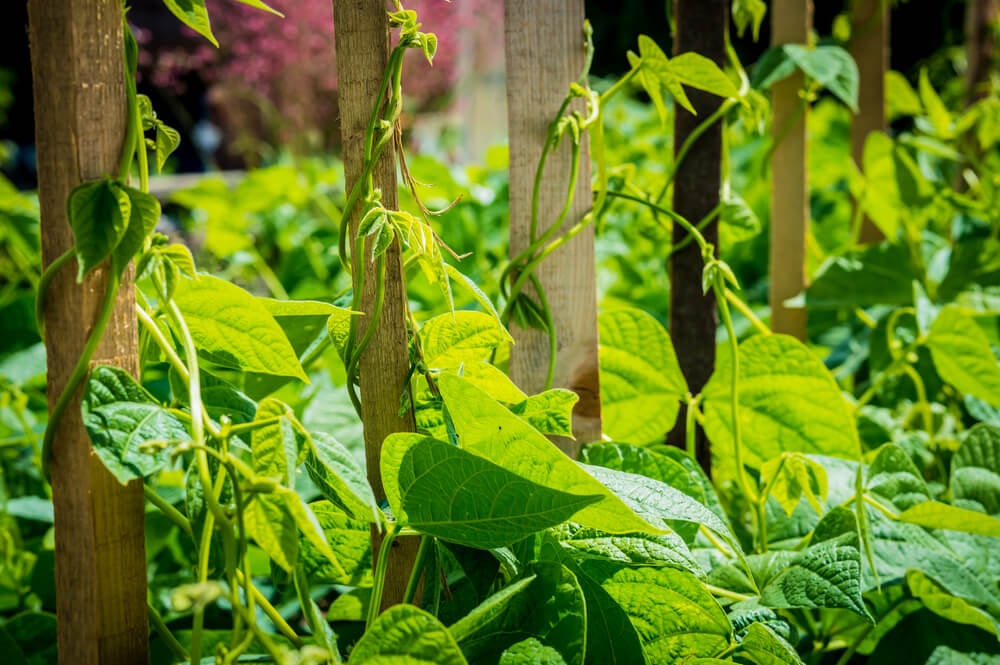
Thrives in Droughts:
- Unlike other vegetables, Green Beans do not require a lot of water to grow, flower, and bloom into a crop that can be harvested more than once. This is great for the unusual dry summers.
Great for Vertical Gardening:
- If you want a vegetable that grows up a pole then no look further than the pole green beans. This green bean was created specifically for vertical gardening.
THESE Could Harm Your Green Beans
Insects:
- Green Beans are one of the few vegetables that require constant insect control. Insects can quickly destroy your green beans’ leaves before flowers grow and can destroy the vegetable itself if not properly cared for.
Cold Weather:
- If the weather drops below 50 degrees Fahrenheit expect your green beans to not grow, become stunted, and potentially even die. This means you should grow your vegetable well after the last frost.
Additional Resources
Learn How to Grow Green Beans HERE
#9. Radishes
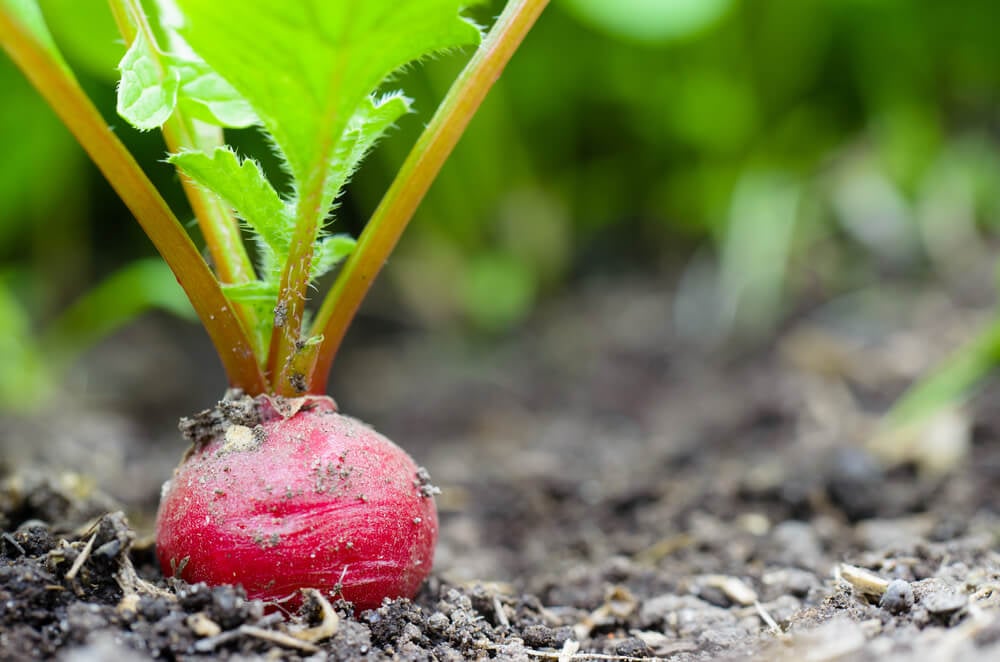
Popular Varieties: French, Tarzan, Stela
Why Grow Radishes in Hardiness Zone 6?
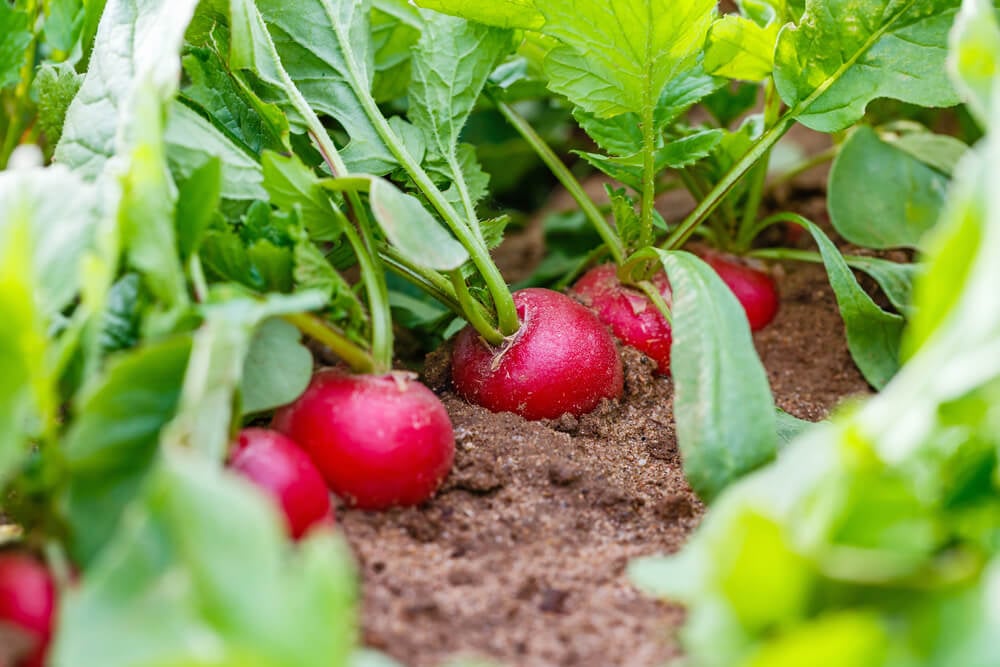
Thrives in Droughts:
- Like Carrots and other root crops, Radishes require little water, sunlight, and even pest care. This makes it great for full-sun and partial-sun garden areas.
Cold Weather:
- Radishes are one of the few vegetables that can survive temperatures slightly below frosts. This means you can plant, grow, and harvest your radishes in the early spring, late fall, and even winter!
THESE Could Harm Your Radishes
Clay:
- Almost all of the vegetables on this can grow in any type of soil. The one exception is radishes. Radishes need loamy and small particle soil. If it is planted in clay soil it will not grow at all.
Additional Resources
The biggest tip I have when growing Radishes in Hardiness Zone 6 is to give your vegetable enough space. Most gardeners plant radishes or radish seeds too close to one another, inhibiting the size and flavor of your vegetable.
#10. Eggplant
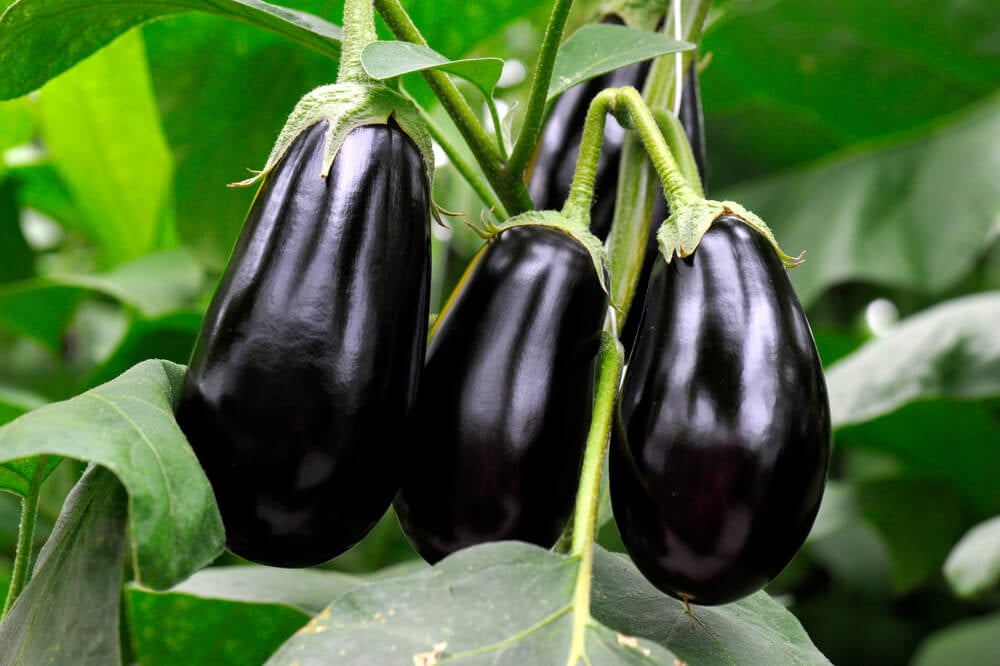
Popular Varieties: Fairy Tale, Thai, & Italian
Why Grow Eggplants in Hardiness Zone 6?
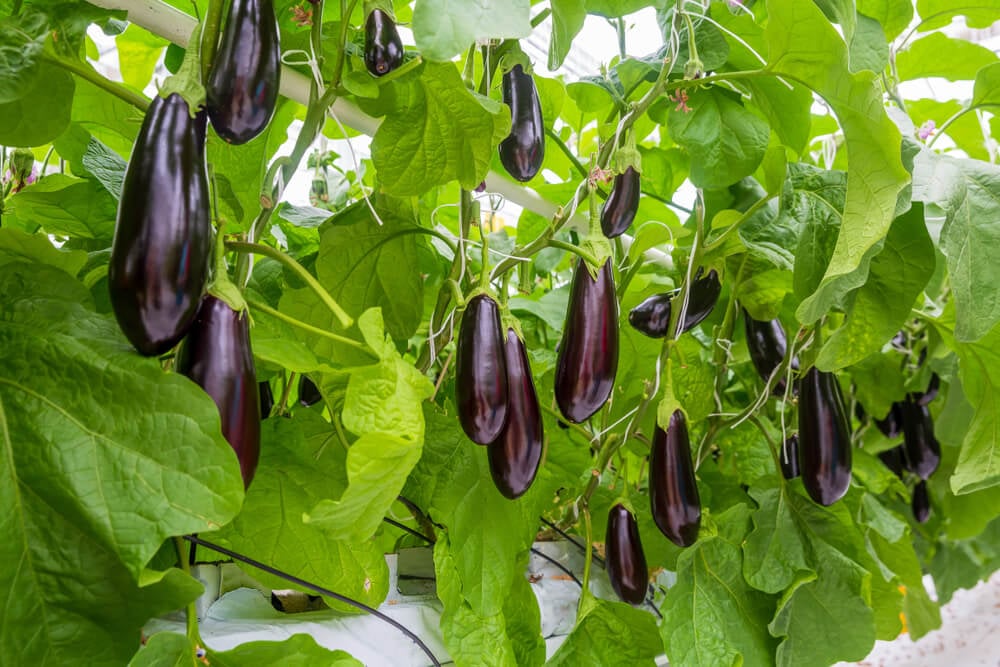
Loves heat:
- As you can tell there is a trend. Eggplants are another vegetable that does great in Hardiness Zone 6’s summer heat. The hotter, the better. And if there is rain expect bigger and better eggplants.
Numerous Varieties:
- This may be one of the most underrated factors for growing eggplants in Hardiness zone 6. There are almost 20 types of eggplants that can be grown. This means you can pick your type for your specific need and climate.
THESE Could Harm Your Eggplant
You:
This may seem strange, but the gardener is most prone to harm your eggplant. Most gardeners will harvest eggplants either when it is too hard or too soft. Not only this, but gardeners tend to overfertilize eggplants causing too big of eggplants.
Additional Resources
The biggest tip for growing eggplant is not to fertilize them. Fertilizing will cause your eggplants to become too large and too hard, sacrificing the taste and color of your vegetable.
Common Growing Factors of Hardiness Zone 6’s Best Vegetables

As a reminder, the below factors are common for the Best Vegetables to Grow in Hardiness Zone 6
- Thrives in Heat & Drought
- Thrives in Cold
- Can Grow in Vertical Gardens
- Hardy against Pests & Insects
- Can be planted in ALL Types of Garden
- Great Cross-Pollinator
